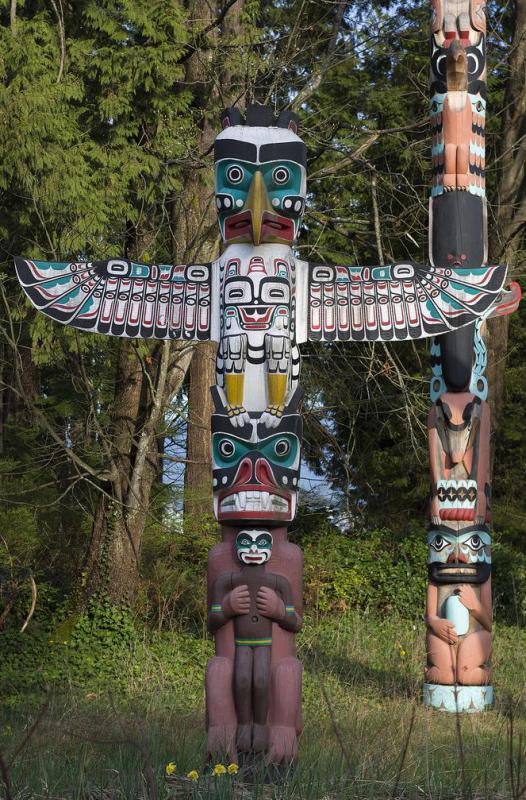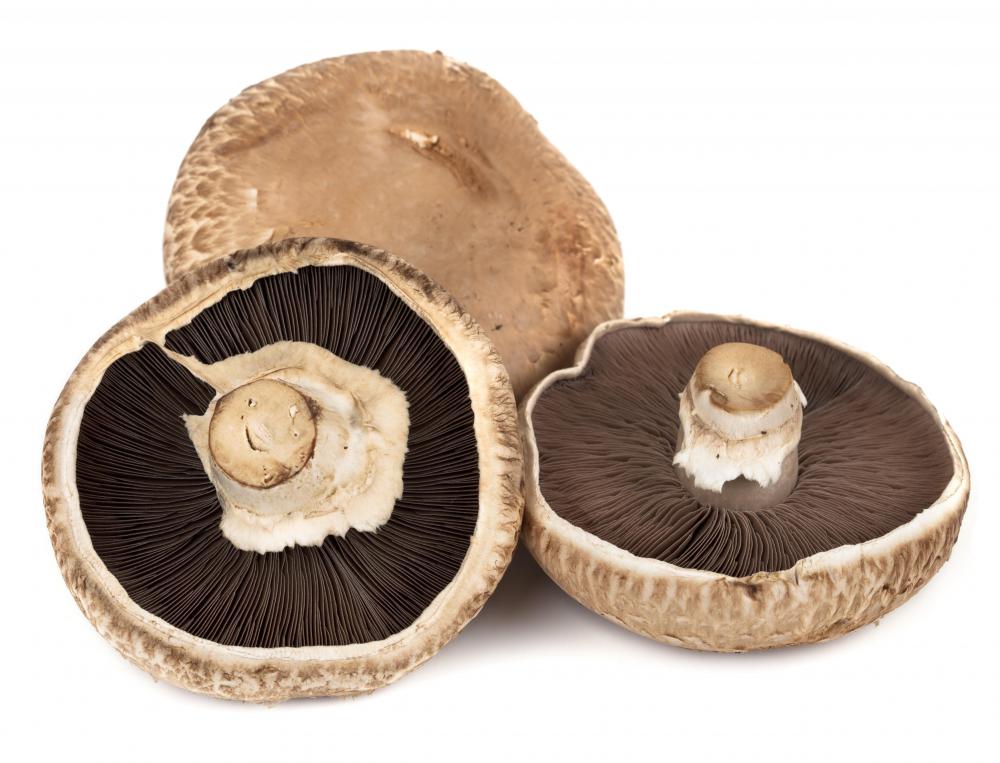At WiseGEEK, we're committed to delivering accurate, trustworthy information. Our expert-authored content is rigorously fact-checked and sourced from credible authorities. Discover how we uphold the highest standards in providing you with reliable knowledge.
What is the Umatilla Reservation?
The Umatilla Reservation is a area of about 270 square miles (702 square km) reserved for Native American tribes in Umatilla County in Eastern Oregon. The reservation is home to three tribes: the Umatilla, the Cayuse, and the Walla Walla. The tribes moved to the Umatilla Reservation in 1855, and formed a tribal government in 1949.
The tribes that would later occupy the Umatilla Reservation first settled in the Columbia Plateau, a large expanse of land comprising what is today northern Oregon, western Idaho, and a large part of Washington. The land was irrigated by the Columbia river and a network of smaller rivers and streams running from the Rocky Mountains and the Cascade Range to the ocean. The Umatilla, Cayuse, and Walla Walla tribes depended on the river for food, water, transportation, and cultural and spiritual needs. They ate fish, mushrooms, roots, and berries. Due to their central location, the three tribes facilitated trade between the buffalo hunters of Idaho and the fishing and ocean-based cultures along the Pacific Ocean.

Spanish and English explorers traveled in the Pacific Northwest in the late 1700s. Disease spread along the Columbia River, and many hundreds of Indians succumbed to European ailments like smallpox. American explorers Lewis and Clark made contact with the Walla Walla in 1805.
The explorers paved the way for thousands of white settlers who traveled west seeking cheaper land and open space. Starting in 1843, wagons traveled the famed Oregon Trail to Oregon territory. Competition for space inflamed cultural tensions between settlers and Indians. The tribes felt the U.S. government was encouraging whites to buy land without consulting the Indians who already lived there.

In 1855, a council assembled to form an Indian reservation in the region. After four years of negations, the Treaty Council agreed to create the Umatilla Reservation where the Walla Walla, Cayuse, and Umatilla would live together. The tribes gave up 6.4 million acres (about 2.6 million hectares) to the U.S. and reserved 510,000 acres (206,390 hectares) to live on.
Indians were moved, sometimes forcibly, from their homes to the reservation. The government sold cleared land to settlers. Most Umatilla Reservation residents fished and raised small gardens for food. Missionaries built schools in the reservation; these mission schools enforced harsh rules and forbade children from speaking Indian languages.
By the 1860s, settlers realized Umatilla Reservation lands were fertile enough to farm wheat and graze cattle. They began to pressure their local governments to shrink the reservation's borders. In the 1880s, the U.S. government began a series of legislation that pushed the Umatilla Reservation's borders back. Within ten years, the reservation shrank to 158,000 acres (64,000 hectares) — about a quarter of its original size.
During the 20th century, the government began to redress the unfair treatment of Native Americans. Legislation returned some of the land that had previously been sold to settlers. The Indians realized they needed to organize politically to strengthen their voice. Umatilla Reservation tribes created the Confederated Tribes of the Umatilla Indian Reservation (CTUIR), a tribal government, in 1949.
Since then, the CTUIR has been active in preserving Indian cultural heritage, while advancing the tribes into the 21st century. The government has won scholarship funds and land reparations for its people. It has also worked to conserve the natural environment of the region and to clean and restock the polluted Columbia River with fish. As part of an economic self-sufficiency initiative, the tribes opened the Wildhorse Casino and resort in 1995.
AS FEATURED ON:
AS FEATURED ON:












Discuss this Article
Post your comments